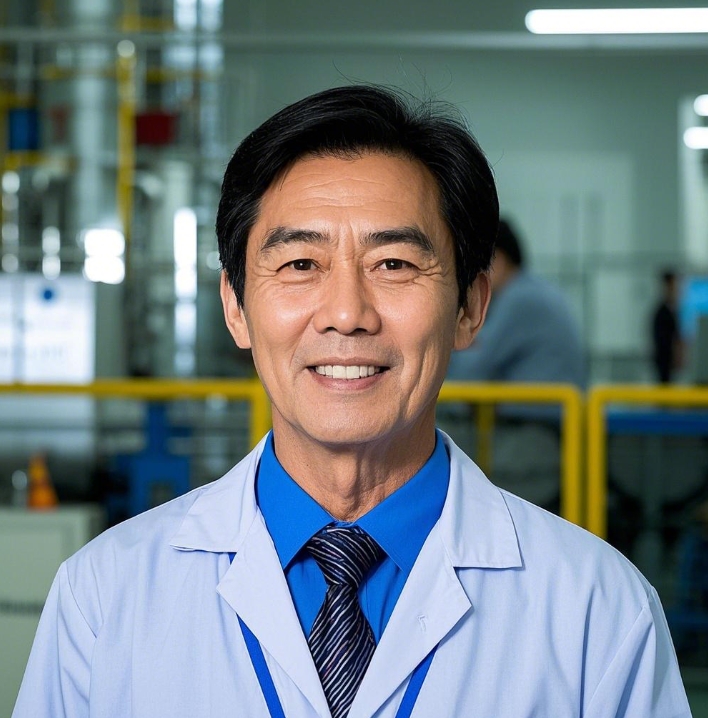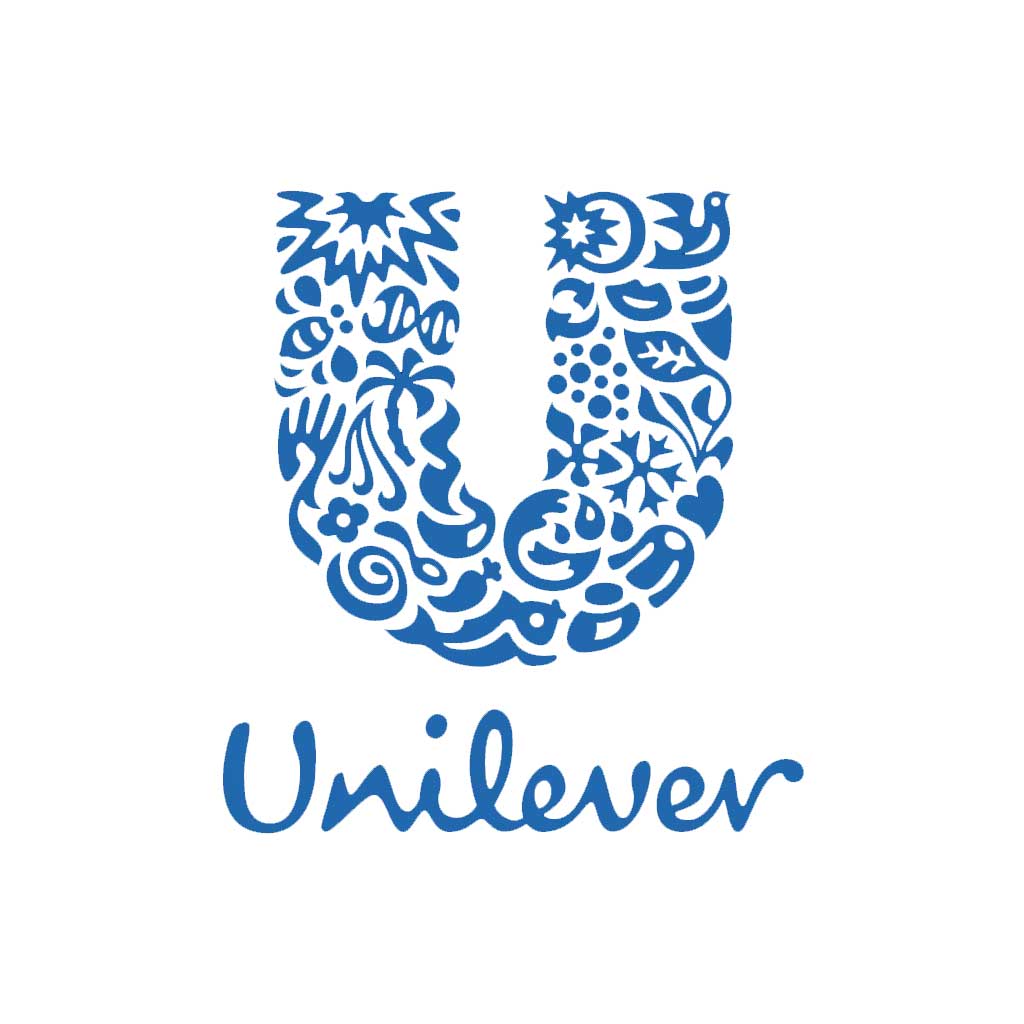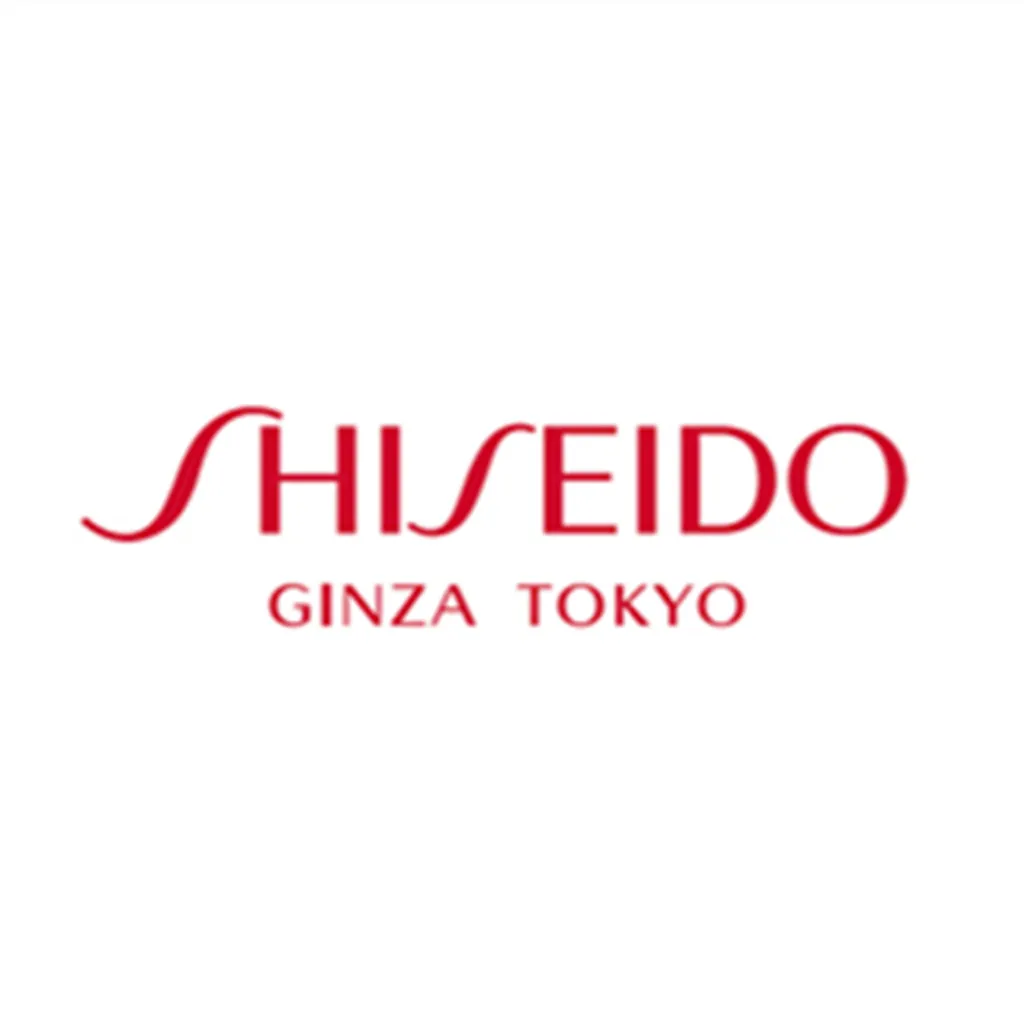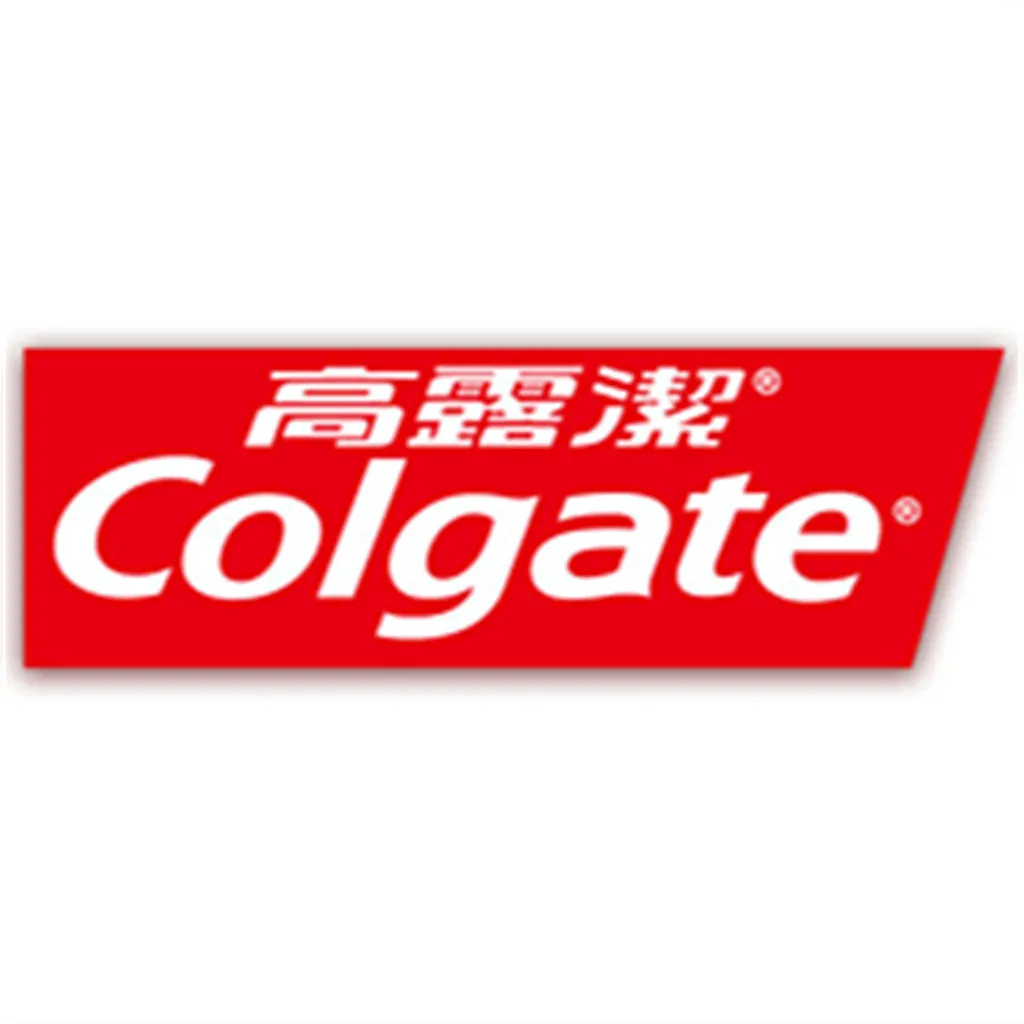
Poly(l-lactide glycolide), also known by its CAS number 30846-39-0, is a high - quality polymer product. It is a copolymer of lactic acid and glycolic acid. This product usually appears as a white to off - white granular or powder form. The molecular formula of poly(l - lactide glycolide) can vary depending on the specific ratio of lactic acid to glycolic acid. The ratio of lactide to glycolide can be adjusted during the synthesis process, which significantly affects the physical and chemical properties of the final product, such as its degradation rate, mechanical strength, and solubility.
Typically, the molecular weight of this polymer can range from several thousand to hundreds of thousands, with different molecular weights suitable for different applications. The product has good biocompatibility and biodegradability, making it a popular choice in many biomedical and industrial fields.
1. Biomedical Field: In the biomedical field, poly(l - lactide glycolide) is widely used in tissue engineering. It can be fabricated into scaffolds that provide a three - dimensional structure for cell growth and tissue regeneration. For example, it can be used to repair damaged cartilage or bone tissues. Additionally, it is used in the manufacturing of sutures. These sutures gradually degrade in the body over time, eliminating the need for suture removal. It is also used in drug delivery systems. The polymer can encapsulate drugs, allowing for controlled and sustained release of the drugs at the target site.
2. Industrial Field: In the industrial field, it can be used as a packaging material. Its biodegradability makes it an environmentally friendly alternative to traditional non - biodegradable plastics. It can also be used in the production of fibers for textiles, where its unique properties can impart special functions to the fabrics.
When using poly(l - lactide glycolide), it is important to first determine the appropriate form and properties of the polymer according to the specific application. For example, if it is used for tissue engineering scaffolds, the polymer needs to be processed into a suitable three - dimensional structure. This can be achieved through techniques such as solvent casting, particulate leaching, or 3D printing.
For drug delivery applications, the polymer is usually dissolved in an appropriate organic solvent, and then the drug is added to form a drug - polymer solution. This solution can be further processed into microspheres, nanoparticles, or other drug delivery carriers through techniques like emulsification - solvent evaporation.
It is crucial to store the product properly. Poly(l - lactide glycolide) should be stored in a cool, dry place, away from direct sunlight and moisture to maintain its stability and performance.
1. Bone Tissue Engineering: A research team was working on a project to repair bone defects. They used poly(l - lactide glycolide) with a specific lactide - glycolide ratio of 75:25 and a molecular weight of about 50,000. They fabricated a porous scaffold using the solvent casting and particulate leaching method. Osteoblast cells were then seeded onto the scaffold. Over time, the cells adhered, proliferated, and differentiated on the scaffold, gradually forming new bone tissue. After 12 weeks in an in - vivo experiment, significant bone regeneration was observed at the defect site, demonstrating the effectiveness of the poly(l - lactide glycolide) scaffold in bone tissue engineering.
2. Drug Delivery: A pharmaceutical company was developing a new anti - cancer drug delivery system. They used poly(l - lactide glycolide) to encapsulate the anti - cancer drug. The polymer was dissolved in dichloromethane, and the drug was added to form an oil - in - water emulsion. After solvent evaporation, the drug - loaded microspheres were obtained. In in - vitro experiments, the microspheres showed a sustained release of the drug over a period of 30 days, which could potentially improve the therapeutic effect and reduce the side - effects of the anti - cancer drug.
Si tiene alguna pregunta o necesita más información sobre este producto, no dude en ponerse en contacto con nosotros. Nuestra dirección de correo electrónico es info@vivalr.com, y nuestro número de teléfono es (86) 15866781826.

Este es William, CEO de Zhishang Chemical Co., Ltd.
Le invitamos a visitar nuestra fábrica. Como el fabricante de productos químicos superior, nos hemos estado esforzando para la calidad del producto, la innovación, el R&D, y el servicio de atención al cliente por los últimos 7 años. En los próximos 10 años o incluso más, nos comprometemos a convertirnos en el proveedor de productos químicos más fiable del mundo, creando una marca internacional conocida en la que confíen los clientes, con el espíritu de "un metro de ancho, diez mil metros de profundidad", seguimos centrándonos en la investigación y el desarrollo de productos, seguimos centrándonos en el servicio al cliente, seguimos mejorando el sistema de servicio de la cadena de suministro, para crear un equipo profesional de servicio de suministro de productos químicos, para lograr una cooperación a largo plazo en la que todos ganen. No dude en ponerse en contacto con nosotros si tiene alguna pregunta.











